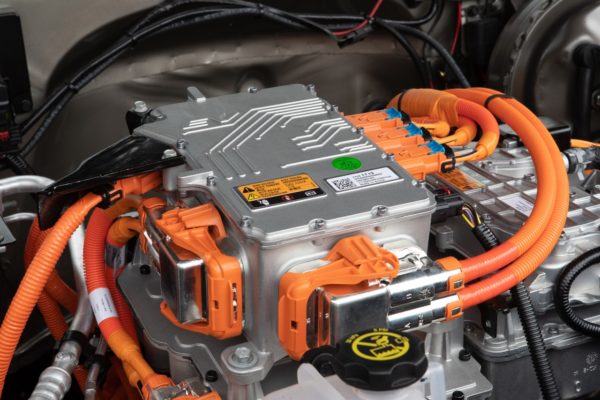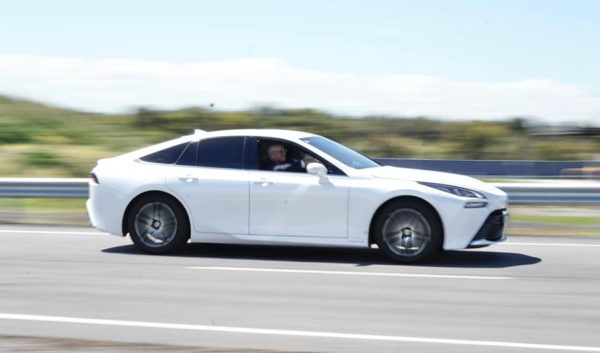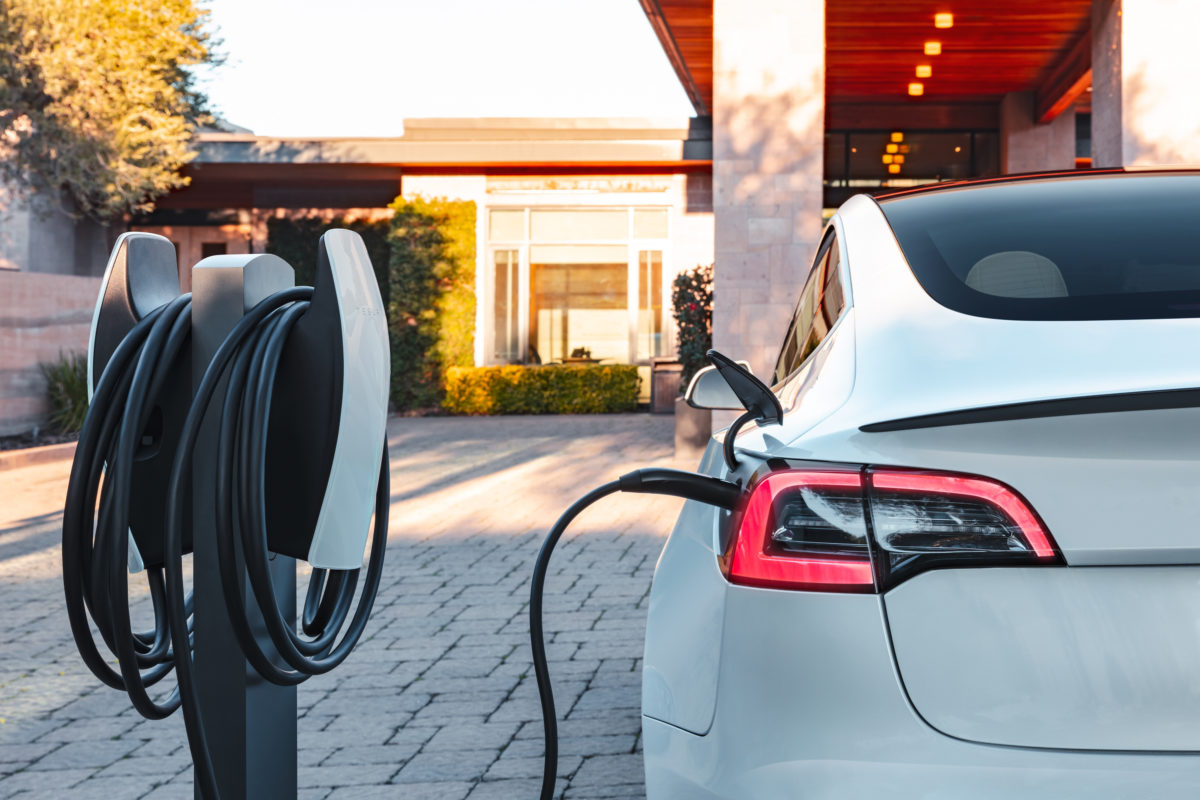The University of Queensland (UQ) will lead a major vehicle-to-grid (V2G) feasibility study to examine the capacity of electric vehicles (EV) in Australia and beyond to help regulate grid function and potentially provide a revenue stream for EV owners through the use of their batteries.
The university has partnered with analytics platform Teslascope for what it said would be a world-first international trial to investigate if the spare battery capacity in EVs could be used to enhance grid resilience and energy reliability and security.
While the penetration of EVs in Australia lags behind many developed nations, the Federal Government has forecast that 30% of new car sales in 2030 will be electric, compared to about 1% at present.
E-mobility research fellow at UQ, Jake Whitehead said with growing numbers of EVs on the roads, attention is rapidly turning to how we can make the most of these “batteries on wheels”.
“We have a unique opportunity through this project to better understand EV driving and charging behaviour in different markets, and what are the opportunities to use EVs to provide energy services and generate extra income for owners in the future,” he said.
Whitehead said while most of today’s EVs have a driving range of more than 400 kilometres, most are only driven about 50 kilometres a day, providing opportunities to store energy and export power to the grid using V2G technology.
V2G technology allows power to flow from the grid to the vehicle and vice-versa, potentially allowing car owners to sell energy to the network, while utilities could use EVs as a backstop during peak demand periods.
“This provides a unique opportunity to leverage this spare energy capacity to absorb renewable energy generated in the middle of the day and overnight, and potentially even export energy to power homes and support the grid in the future using vehicle-to-grid chargers,” Whitehead said.
“(The study) will not only help to inform EV policy internationally, but importantly assess the feasibility of using EVs as batteries on wheels.”

Image: GM
To date, V2G technologies and services have been largely non-existent in the Australian market, though the Australian Renewable Energy Agency (ARENA) last year provided funding for a trial for EVs provide frequency regulation services to the National Electricity Market (NEM) in the Australian Capital Territory.
Whitehead said the UQ study would use Teslascope’s platform to collect vehicle usage data without any hardware, but by directly pulling data – with owner’s permission – through the vehicle’s API (application programming interface).
“We will be able to leverage these learnings to influence government policy, including the rollout of public charging infrastructure,” he said.
“We also aim to use the findings of this research to address some of the common misconceptions about how EV owners use their vehicles, and highlight how this technology provides far greater benefits, than risks, to the energy sector.”
The university aims to initially recruit 500 Tesla owners, with those in Australia, the United States, Canada, Norway, Sweden, Germany and Britain able to apply for the first phase of the study.
As more EV manufacturers integrate API access into their vehicles, the intention is to expand the program to include other vehicle brands.
The study is being jointly funded by iMove Cooperative Research and Advance Queensland Industry Research Fellowship.
iMOVE managing director Ian Christensen said while there’s a focus on the switch to EVs to meet emissions reductions targets, experts are now also pondering how they can provide other energy services.

Image: Morrison
“Electrification of transport has been identified as one of the major pathways for reducing emissions – and by leveraging EV battery spare capacity and using smart charging technology, excess solar could be absorbed by vehicles parked during the day, and potentially discharged to support the grid during the evening using V2G infrastructure,” he said.
“For smart charging infrastructure to deliver these benefits, EV uptake must be significant increased and, importantly, EV owners must be willing to use their vehicles as batteries on wheels.”
The study comes after Prime Minister Scott Morrison last week launched the Future Fuels and Vehicles Strategy, with $178 million in new funding for EV charging stations and infrastructure.
A day later the New South Wales (NSW) government announced $105 million to cover the cost difference for EVs bought by councils, taxi companies and other fleet operators.
The money comes on top of $490m the NSW government has already committed to drive uptake of EVs, which includes initiatives such as offering $3,000 rebates for the first 25,000 EVs sold in the state and exemptions on stamp duty.
This content is protected by copyright and may not be reused. If you want to cooperate with us and would like to reuse some of our content, please contact: editors@pv-magazine.com.









By submitting this form you agree to pv magazine using your data for the purposes of publishing your comment.
Your personal data will only be disclosed or otherwise transmitted to third parties for the purposes of spam filtering or if this is necessary for technical maintenance of the website. Any other transfer to third parties will not take place unless this is justified on the basis of applicable data protection regulations or if pv magazine is legally obliged to do so.
You may revoke this consent at any time with effect for the future, in which case your personal data will be deleted immediately. Otherwise, your data will be deleted if pv magazine has processed your request or the purpose of data storage is fulfilled.
Further information on data privacy can be found in our Data Protection Policy.